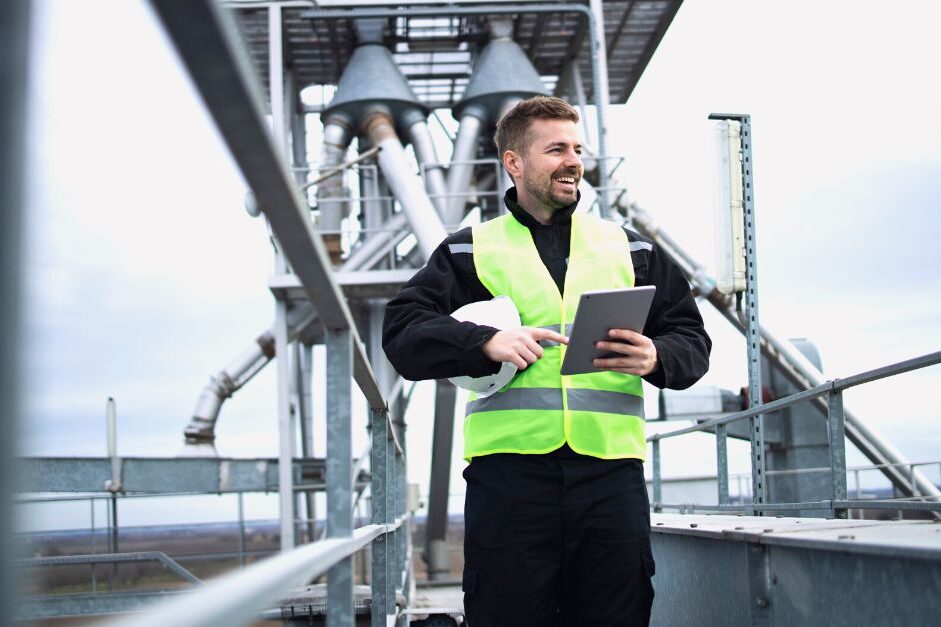How to achieve net zero emissions? Bioenergy plays an important role in achieving this goal.
What is the role of bioenergy in achieving net zero emissions? Bioenergy currently accounts for two-thirds of renewable energy consumption worldwide and 12% of final energy consumption.
The energy produced from biomass has high energy efficiency and low CO2 emissions, being an option for the decarbonization of energy matrices. According to a recent report by the International Renewable Energy Agency (Irena), by 2050, bioenergy could represent a quarter of the total supply of primary energy. However, for this to happen, it is necessary to develop and invest in the sector.
Net zero emissions and the bioenergy opportunity
Decarbonization will require profound changes in almost every sector of the economy, most notably transport, energy and public services, which will play a central role in most of these efforts.
Bioenergy has enormous potential, but it needs to be developed. For example, it is essential that modern bioenergy increases its use by the end of 2030. That is, more biomass and biogas are needed for heating and industry, with increased use of liquid biofuels and biomethane in the transport sector.
But there are challenges to this expansion and one of them is the cost. Bio-based fuels cost more than fossil fuels, raising the barrier to market entry. In addition, producers need investments to maintain the required sustainability and ensure profitability for companies.
According to Irena, bioenergy has been increasing its participation significantly in recent years, especially in Brazil, China, the European Union and the United States. However, the growth rate is still well below what is needed to achieve net zero emissions targets.
Following trends and changes in behavior, the electrification of the economy will create a new demand on energy companies. Thus, it will be possible to expand zero-carbon renewable sources such as bioenergy. According to the Norwegian company Statkraft, electricity demand is expected to double by 2050, with use expected to grow 20 times in transport, 66% in buildings and 40% in industry.
Actions taken by Brazil
During COP26, Brazil made a new commitment to mitigate 50% of its greenhouse gas (GHG) emissions by 2030. However, the amount is insufficient to achieve the objective of maintaining the increase in the planet’s temperature by up to 1, 5ºC compared to pre-industrial levels.
The share of fossil fuels in the Brazilian energy matrix grew by 12.4% in 2021, due to the water crisis, while renewables saw a 3.8% drop in the domestic energy supply — totaling 44.7% of the matrix.
The Methane Zero Program is a Federal Government initiative that aims to promote the reduction of methane emissions in line with sustainable development, in addition to encouraging the use of biomethane and biogas, which will contribute to green growth.
Although the country is developing actions to increase the use of renewable energies and decrease CO2 emissions in some sectors, the country’s overall emissions may increase in the coming years due to deforestation. According to a study by Coppe (Alberto Luiz Coimbra Institute for Graduate Studies and Engineering Research) at UFRJ (Federal University of Rio de Janeiro), the value could increase by 137%.
Bringing net emissions to zero will require the phasing out of fossil fuel subsidies, carbon pricing policies, policies to reduce taxes on bioenergy, and measures to facilitate financing. To better understand the subject, read the content on the challenges of transitioning to a low-carbon economy.






